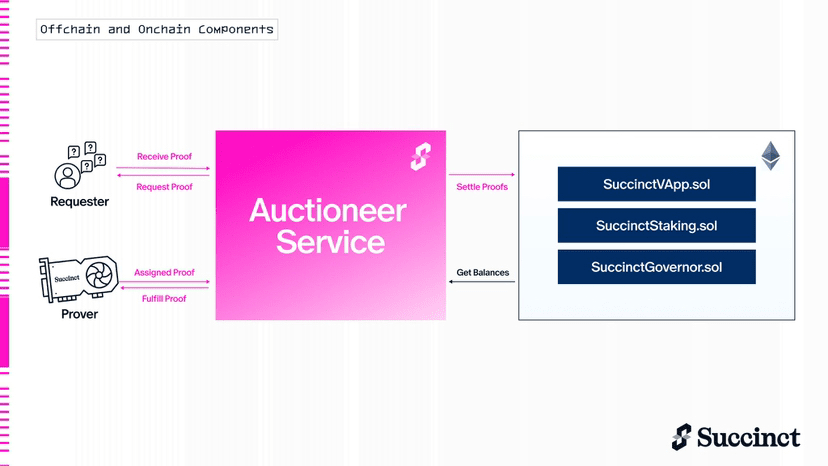Many teams are willing to use Succinct because the learning curve is short: SP1 has made 'writing ordinary Rust—compiling to RISC-V—generating proofs' the default path, allowing developers to use familiar toolchains and package management; the documentation provides a complete path for 'first program, local proof, on-chain verification'; the version notes and example repositories on GitHub are continuously updated, maintaining a state of 'downloadable and reproducible'. For content producers and integration teams, this means they can create verifiable demonstrations following the documentation, rather than just imagining it while holding onto the white paper.
The match between RISC-V and zkVM is not coincidental. The open-source and simple ISA of RISC-V makes the mapping from 'operations to constraints' more controllable, facilitating engineering experiments across different proof paradigms such as Air/Plonkish/STARK. Recent systematic studies suggest: LLVM optimization is still useful on zkVM, but it is not a panacea, as the bottleneck in zkVM lies in 'making every instruction satisfy constraints' rather than modern CPU caching/pipelining. In other words, to truly maximize performance, the focus should be on circuit design, constraint compression, recursion/folding, which also explains why Hypercube rewrote its architecture from the proof system layer.
From 'tools' to 'network', observability determines operational availability. The launch of the Succinct Prover Network has transformed proofs from 'service' to 'market'; to make the market usable, observable metrics must be provided to developers and operations: request queuing, average/tail latency, failures/retries, arbitration, and penalties. Industry weekly reports and announcements confirm that 'the mainnet has been launched', and with the roles of PROVE in payment/staking/governance, the next step is to write these SLOs into a public dashboard, making the choice of computing power and routing as transparent as choosing cloud services.
The 'last mile' of the project is to integrate off-chain systems. When teams need to submit off-chain computations such as AI inference, risk control scoring, and transaction compliance to the chain, a 'verifiable and auditable' delivery contract is required: input, program, proof, and verification must correspond one-to-one. The development documentation of SP1 has already clarified 'how to compile any LLVM language into a verifiable program'; combined with the cross-domain channels of OP Succinct and IBC-on-Ethereum, you can use proofs as the bonding layer of multi-chain systems, rather than an unreadable log.
Finally, here is an engineering verification checklist, which can help you reuse it long-term in the content of the square:
Performance: Is the block-level proof latency distribution of Hypercube under real business conditions close to the '93% ≤ 12s' magnitude?
Network: Is the request volume/transaction volume and quotation of the Prover Network converging towards a healthy range?
Economics: Is the payment ratio/staking scale/activity of governance proposals for PROVE improving?
Cross-domain: Is the withdrawal/finality window of OP Succinct stable at the hour level? Is the zk-light client of IBCos-ETH formally accepted?
Tools: Is the version frequency and example coverage of SP1 documentation/repositories consistent?
When these five columns stabilize positively, your 'usage-driven' narrative has solid evidence; if any of these columns weakens continuously, prioritize reducing weight rather than being led by short-term fluctuations.
@Succinct #SuccinctLabs $PROVE